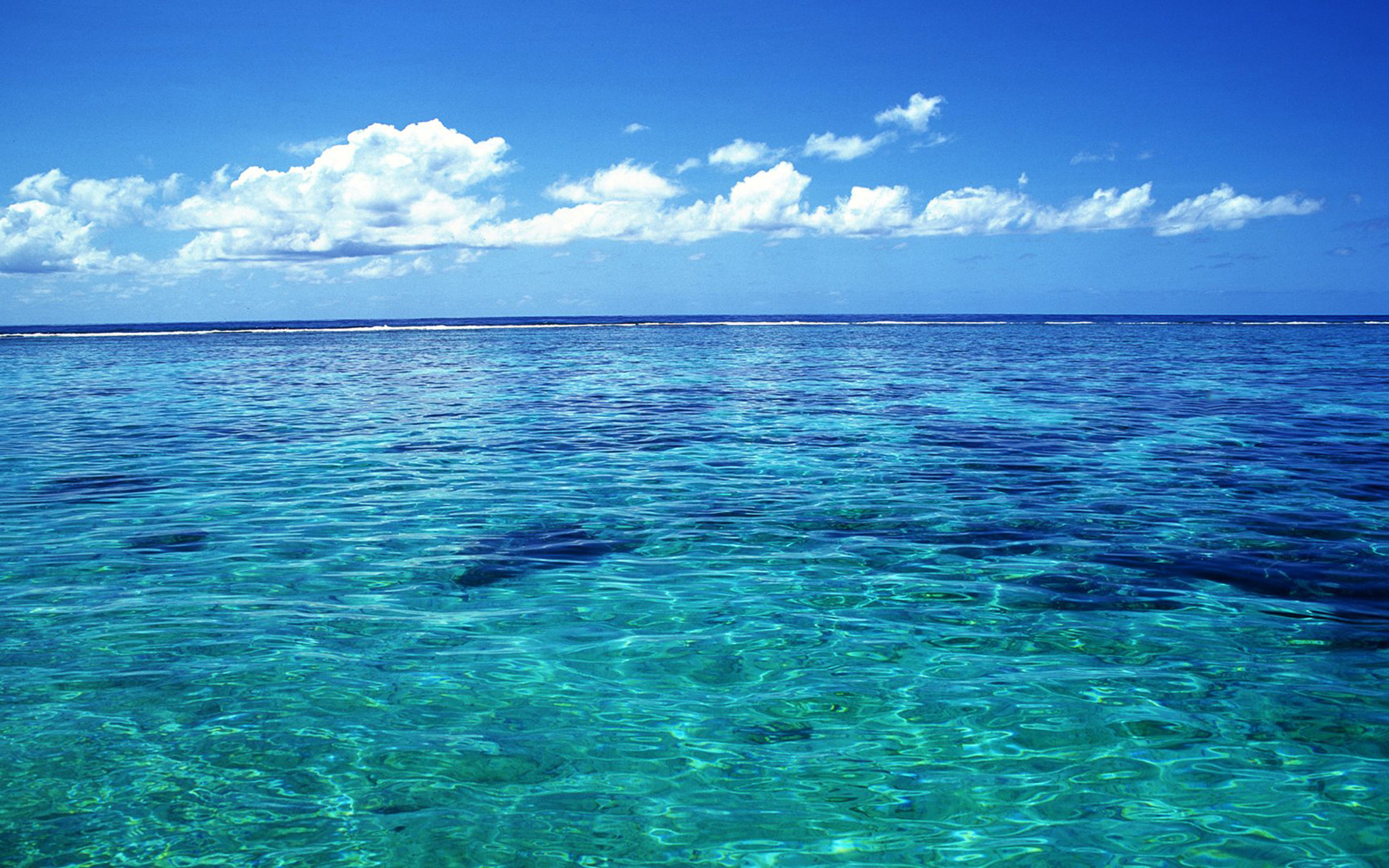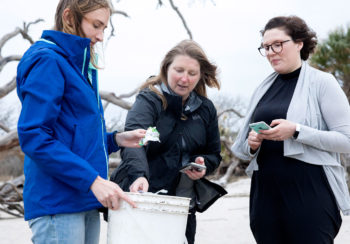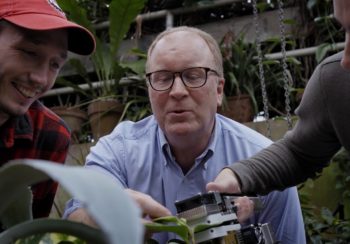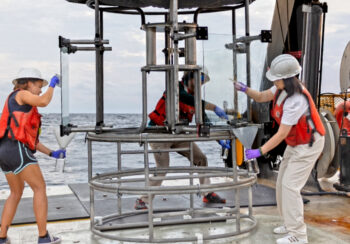The billions of marine microorganisms present in every liter of seawater represent a structured ecological community that regulates how the Earth functions in practically every way, from energy consumption to respiration. As inhabitants of the largest environment on Earth, microbial marine systems drive changes in every global system.
The function and behavior of this community will determine how the global ocean responds to broader environmental changes, according to a new review article published in the journal Science by University of Georgia marine scientist Mary Ann Moran.
The ocean microbiome covers the majority of the Earth’s surface, extending an average of more than 2 miles deep to the sea floor. Made up of an extraordinary diversity of microorganisms, the ocean microbiome was one of the first microbiomes to be studied. As its distribution and makeup become better understood, questions about its functional capabilities under stress have grown.
“Marine microbes make up a vast biological network,” said Moran, a Distinguished Research Professor in the UGA Franklin College of Arts and Sciences. “Microbes are responsible for virtually all the photosynthesis that occurs in the ocean, as well as the cycling of carbon, nitrogen, phosphorus and other nutrients and trace elements. They literally run the oceans.”
The article recounts the history of investigations into the microbial communities that populate the ocean—and, critically, help supply a large proportion of the oxygen in the atmosphere.
“A consistent link is emerging between ocean temperature and both the composition and productivity of microbes inhabiting surface seawater,” she wrote in Science. “Earth’s changing climate will affect characteristics of the ocean microbiome.”
Moran explains that, by the mid-1970s, the idea that microorganisms are the major consumers of energy in the sea had been formally articulated and a new paradigm established that this community played a role in every one of the Earth’s major elemental cycles.
Microbes interact as communities; they respond to disturbances in their surroundings and populations shift and change as their environments are altered. Even as improved technological and data management capabilities have provided a means to greater understanding of the communities’ cells, proteins, genes and molecules, linking these constituent parts with their functions remains a challenge.
“Improved understanding of the function of microbiomes is crucial, not only in the ocean but in systems as varied as the human body, agricultural soils and groundwater,” Moran said. “The next decade will bring a period of rapid learning about how microbes communicate, redistribute materials and regulate activities that have implications for environmental integrity and human health.”






